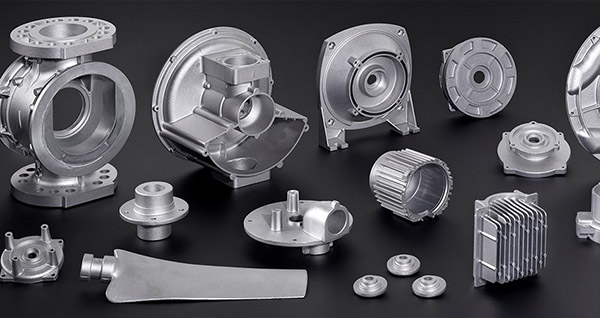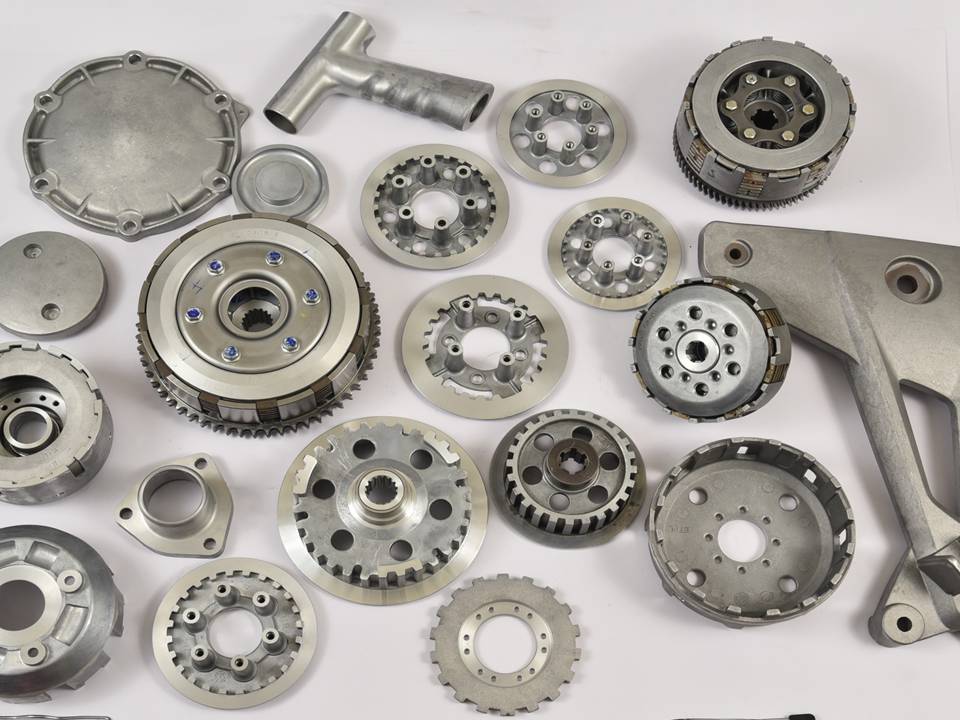Understanding Diecasting: The Course of and Its Functions
Understanding Diecasting: The Course of and Its Functions
Blog Article
Diecasting is a specialized manufacturing technique that converts molten metal into precisely defined components using high-pressure molds. This method has been deemed indispensable for a wide range of industries such as electronics, aerospace, automobiles and even consumer products because of its capability to produce complex shapes with exceptional reliability and accuracy. By combining the principles of metallurgy with advanced engineering diecasting can provide unrivalled quality and efficacy, making it an integral part of the modern production. This article delves into intricate world of diecasting, studying its processes, benefits, and wide-ranging applications.
Diecasting starts with the creation of molds, also referred to as a"die," that typically is made from hardened steel. The mold is constructed for the extreme temperature and pressures that are involved when diecasting. When the die is in place the molten metal, which is typically an alloy of aluminum, magnesium, zinc, or copper is heated to it's liquid stage and introduced into the mold at high pressure. The pressure remains constant until the metal is solidified making sure that the molten material is able to fill every area of the mold, including intricate design and thin walls. When the metal has cool and formed, the mold is unveiled, and then the completed piece is released. This method allows for high precision and consistency when making metal parts.
One of the most significant benefits of diecasting is its ability to manufacture parts with outstanding dimensional precision and smooth surfaces. This is because high-pressure injection makes sure that each and every aspect of the mold has been replicated making parts with tight tolerances, and require little to even no post-production efforts. This level of precision is particularly beneficial when creating intricate geometries or specific details that may be challenging or impossible to accomplish with other manufacturing techniques. Additionally, the repeatability of diecasting makes it a great choice for production on a large scale, as it ensures uniformity across a large number of parts. Its effectiveness will also lead to substantial reductions in costs, since it helps reduce waste materials and labor costs.
Diecasting is extensively used in various industries due to its versatility and range of different materials used. For automotive manufacturing Diecasting is a must in the production of components such as motor blocks, transmission casings as well as structural components. Aerospace relies on diecasting in order to produce lightweight robust parts with high strength that can withstand the demanding conditions of flight. For consumer electronics, the diecasting components are employed for frames and frames that provide high-quality and precise devices. Diecasting's flexibility can be applied to healthcare, telecoms and power tools sectors which shows its wide-ranging utility and importance. To generate new details please read this post here
Diecasting's capabilities go beyond its mechanical benefits to its flexibility in a variety of uses. In electronics, diecasting is employed in the manufacture of enclosures heat sinks and connectors, ensuring that devices are safe and operate effectively. This process is utilized in manufacturing everyday items, including kitchen appliances to power tools, in which precision and durability are paramount. Being able to produce intricate and complex parts makes diecasting an attractive option for engineers and designers who want to innovate and improve product features. In allowing a variety of different metals and the integration of features that are intricate it allows for the development of new products and services across many fields.
Diecasting is a sophisticated manufacturing method that is able to combine the highest level of precision, efficacy and flexibility. The capability to make sophisticated, high-end components that have outstanding mechanical properties make it essential in all sectors. Diecasting's efficacy when it comes to mass production, with its cost and material benefits, prove its importance in the modern world of manufacturing. While industries are continuing to require robust and high-performance components, diecasting will remain an essential technology that drives advancement and the creation of innovative products that fulfill the constantly changing demands of the market. Due to its continuous advancement and use diecasting is a perfect example of the convergence of engineering excellence and manufacturing prowess.